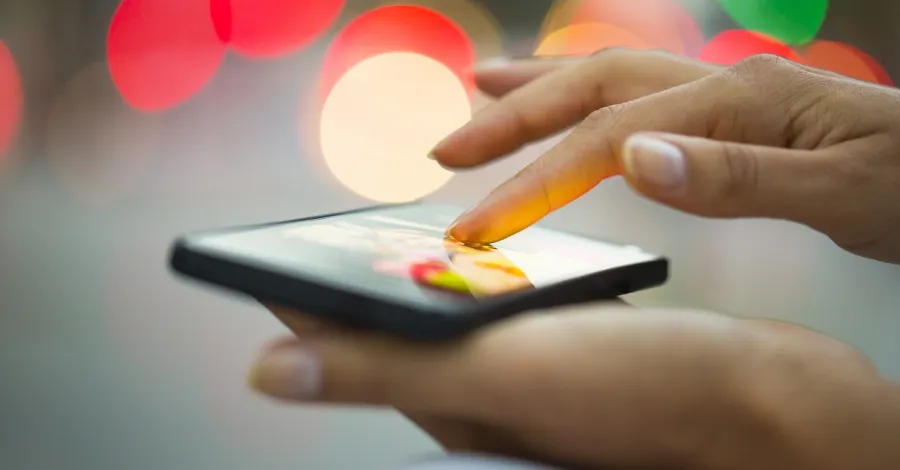
How mobile ordering is reinventing the drive-through experience
Written by Elizabeth Friend, senior foodservice analyst at Euromonitor International.
The drive-through is a cornerstone of the chained fast food experience. 53% of fast food sales in the US went through the drive-through in 2015. While penetration in other global markets varies widely, drive-through value is still growing steadily alongside the chained segment, increasing from US$103 billion in 2010 to US$139 billion in 2015.
Much of the draw of the drive-through is rooted in speed and convenience; however, recent advancements in technology have created the potential for an even faster, even more seamless drive-through transaction. Some new concepts, like California’s Starbird Chicken fast casual chicken fast food chain, have taken this idea to its logical conclusion, offering a new blueprint for the modern drive-through that does away with traditional windows and drive-through lanes entirely, relying instead on mobile technology and a retail-esque click and collect model.
Starbird’s drive-through 2.0
The drive-through was built as a simple system: A way to funnel cars through the transaction process—viewing the menu, placing an order, making a payment, receiving an order—as quickly as possible. Customers did not need to get out of their cars, and operators could serve customers from two points of sale simultaneously, helping to minimise lines inside the restaurant. Starbird’s curbside delivery offers the same benefits on both sides, while speeding up transactions even further by enabling the bulk of the transaction to happen virtually, and likely before the consumer even reaches the outlet.
At Starbird’s first outlet in Sunnyvale, California, consumers have the option to dine-in or “drive-through” via their mobile-based, click and collect curbside delivery service. If choosing the latter, customers can download Starbird’s proprietary app, which allows them to view the menu, make selections, and pay for their meal, all ahead of time.
After arriving at the outlet, customers alert restaurant employees by selecting an “I’m here” button in the app that kicks off their order’s preparation. While Starbird did consider using proximity technology to begin order preparation before customers actually arrived, according to President Aaron Noveshen, the method was too inconsistent to effectively minimise wait times. Instead, the restaurant created a simple, easy-to-assemble menu that was designed to ensure orders could be made to order and fulfilled as quickly as possible. Starbird promises mobile orders will be delivered to cars within 3-5 minutes of pressing the “I’m here” button.
Benefits of a virtual drive-through
The benefits here are numerous: In ideal conditions, the original drive-through is a great system, but its one-customer-at-a-time element does not allow for triage in the kitchen or ordering line. Large orders or indecisive customers can result in bottlenecking at the front, significantly slowing down the flow for all customers. Customers ordering via Starbird’s mobile app can peruse the menu at their leisure, viewing photos and descriptions of items without affecting other customers who are already, virtually, “in line”. Starbird’s management doubled-down on this benefit, investing significant resources in the app—particularly in food photography. They recognised that the app may be the first experience many consumers may have with their food (and their brand as a whole), and took steps to make sure it was a positive one.
In addition, moving the first three steps of the drive-through process to the virtual realm alleviates the space needs of a traditional drive-through. Drive-through outlets typically need very large footprints, with room for a queue of cars to wait outside of the flow of traffic. This fact can be very limiting for operators who are looking to expand, and may have difficulty finding suitable spaces in premium locations. While the mobile drive-through does still require space for cars to park while awaiting curbside delivery, the requirement is significantly smaller. In urban locations, the mobileclick-and-collect system could also just as easily be applied for customers on foot or on bicycles.
Finally, like online ordering, the mobile drive-through allows operators to capture valuable customer data regarding ordering patterns and frequency. This opens up a wealth of possibilities for loyalty programs, customer feedback, targeted marketing campaigns, and even geo-fencing possibilities.
What does this mean for fast food?
The system is not without drawbacks. Like the recent move toward delivery in all categories of foodservice, a move to mobile click-and-collect services in restaurants gives operators yet another reason to shift focus away from dine-in customers who, arguably, should always be first priority. While mobile drive-through service could prevent some of the long lines and pile-ups associated with traditional drive-throughs, they could also cause back-ups for in-store diners who are being delayed by an unforeseen rush of virtual traffic. Mobile drive-throughs will not necessarily have the ability to limit the volume of incoming orders, and a surge in demand—particularly during busy periods like the lunch rush—could cause difficulties.
In other operational concerns, much of the convenience of a mobile drive-through rests on the outlet’s ability to execute effectively. Consumers who are kept waiting longer than 3-5 minutes will likely see little appeal in the new system.
Despite the potential drawbacks, Starbird’s mobile drive-through demonstrates how operators can build on new technology to better serve customer needs. Consumers have shown that convenience, speed and simplicity are important to them—and for some, perhaps just as important as ingredient quality and the in-store dining experience. As we reach the limits of daypart expansion, new outlets, and more traditional ways of creating differentiation and growing sales, making transactions as quick, easy, and accessible as possible may be one of the few frontiers left on which to expand.
Starbird Chicken is a concept built entirely around the idea of serving good quality food through quick, convenient, digital channels, and there are examples in other industries that suggest this may be part of a global shift. Technology is now so deeply ingrained that new concepts are designed explicitly to support full integration of technological innovation. For example in grocery retail, Amazon is experimenting with new “Amazon Go” outlets in the US, which allow customers to scan their smartphone upon entry and then simply leave the store with their chosen items.
As convenience has become more attainable in every purchase we make, consumers have also grown less willing to accept the usual delays that may once have been seen as just part of the usual shopping and dining experience. Queues at the grocery store check-out line, waiting in line in the drive-through lane, waiting to pay the check at a full-service restaurant—technology means these minor inconveniences can now be removed from the experience entirely, and consumers are keen to see rapid improvements from leading players. The industry should expect to see more of this kind of extreme convenience innovation ahead, as operators find new ways to innovate and keep up with consumer expectations.
























